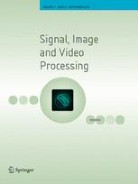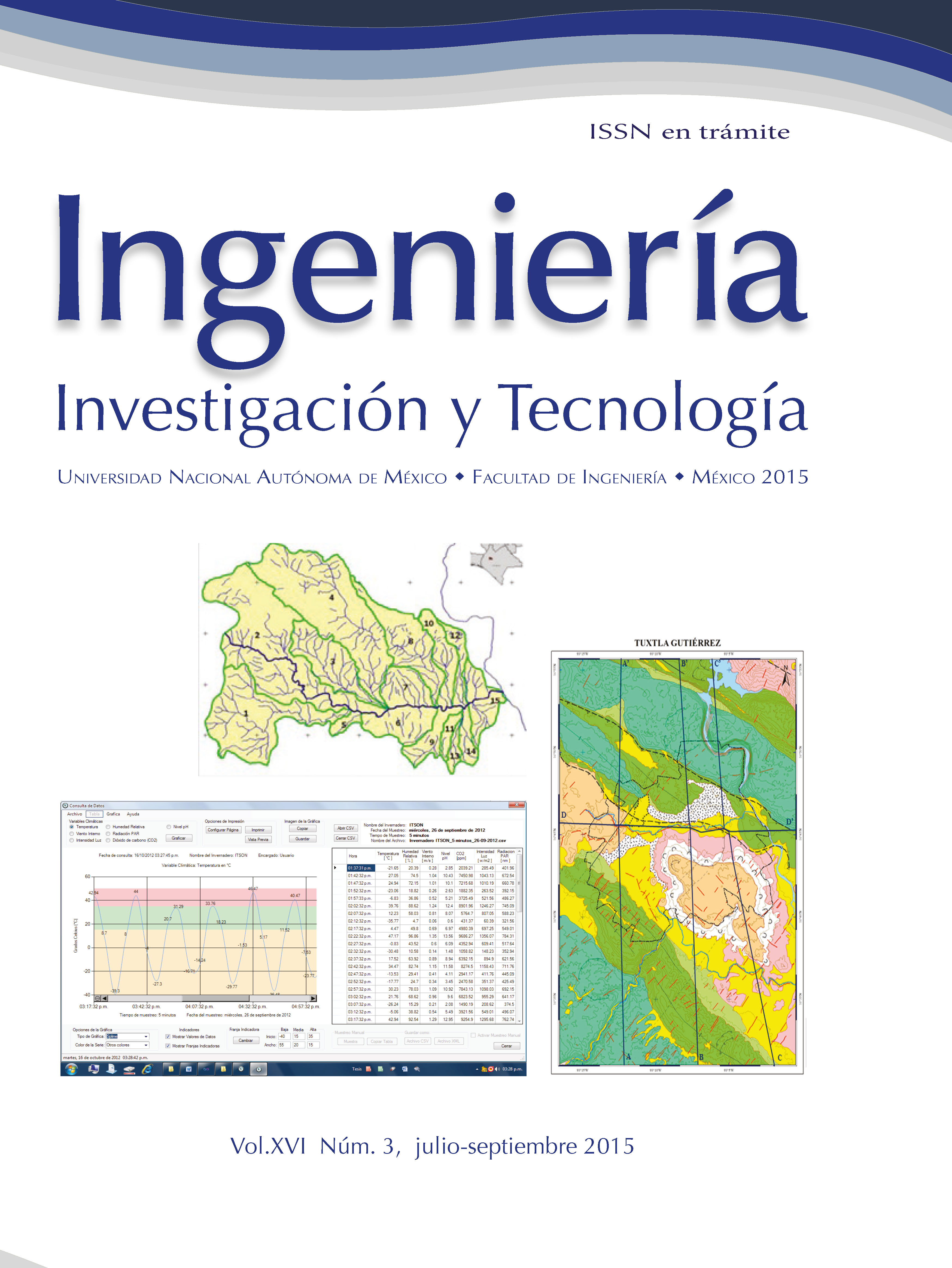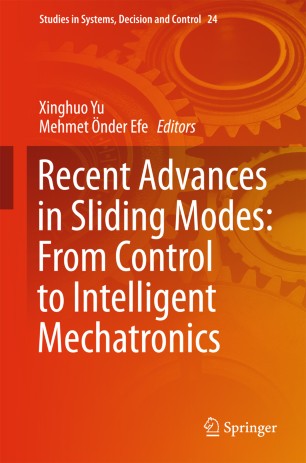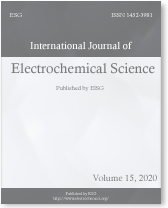
RegionDCF: A Self-Adapting CSMA/Round-Robin MAC for WLAN
Wireless Personal Communications
https://doi.org/10.1007/s11277-015-2898-9
Javier Gómez 1 , Alberto Riggi 2
1 Universidad Nacional Autónoma de México, Facultad de Ingeniería
2 University of Pisa, Information Engineering Department
Keywords: RegionDCF, DCF, CSMA, TDMA, Round-robin, Hybrid MAC, IEEE 802.11
Abstract: This paper presents RegionDCF, a self-adapting Media Access Control protocol for WLAN that seamlessly behaves as either CSMA or round-robin access methods simultaneously taking advantage of their most effective properties. In contrast to preceding works in this area that focused on enhancements of a particular access protocol, or on a mechanism that switches between different access protocols, this paper proposes a single access protocol capable of behaving simultaneously as a pure contention-based (e.g., CSMA) and as a round-robin-based protocol depending on traffic conditions. The main building block of the proposed protocol is the region, a cluster of nodes that establishes orderly access to the channel. Once a member of a region gains channel access through a contention-based protocol, it allows contention-free transmission to all other members of the region in a round-robin manner. The functionality of the protocol for UDP and TCP traffic is discussed. Simulation results show that RegionDCF outperforms standard CSMA-based IEEE 802.11 Distributed Coordination Function in many aspects, including higher throughput and channel efficiency.
Wireless Personal Communications
https://doi.org/10.1007/s11277-015-2898-9
Javier Gómez 1 , Alberto Riggi 2
1 Universidad Nacional Autónoma de México, Facultad de Ingeniería
2 University of Pisa, Information Engineering Department
Keywords: RegionDCF, DCF, CSMA, TDMA, Round-robin, Hybrid MAC, IEEE 802.11
Abstract: This paper presents RegionDCF, a self-adapting Media Access Control protocol for WLAN that seamlessly behaves as either CSMA or round-robin access methods simultaneously taking advantage of their most effective properties. In contrast to preceding works in this area that focused on enhancements of a particular access protocol, or on a mechanism that switches between different access protocols, this paper proposes a single access protocol capable of behaving simultaneously as a pure contention-based (e.g., CSMA) and as a round-robin-based protocol depending on traffic conditions. The main building block of the proposed protocol is the region, a cluster of nodes that establishes orderly access to the channel. Once a member of a region gains channel access through a contention-based protocol, it allows contention-free transmission to all other members of the region in a round-robin manner. The functionality of the protocol for UDP and TCP traffic is discussed. Simulation results show that RegionDCF outperforms standard CSMA-based IEEE 802.11 Distributed Coordination Function in many aspects, including higher throughput and channel efficiency.









































































